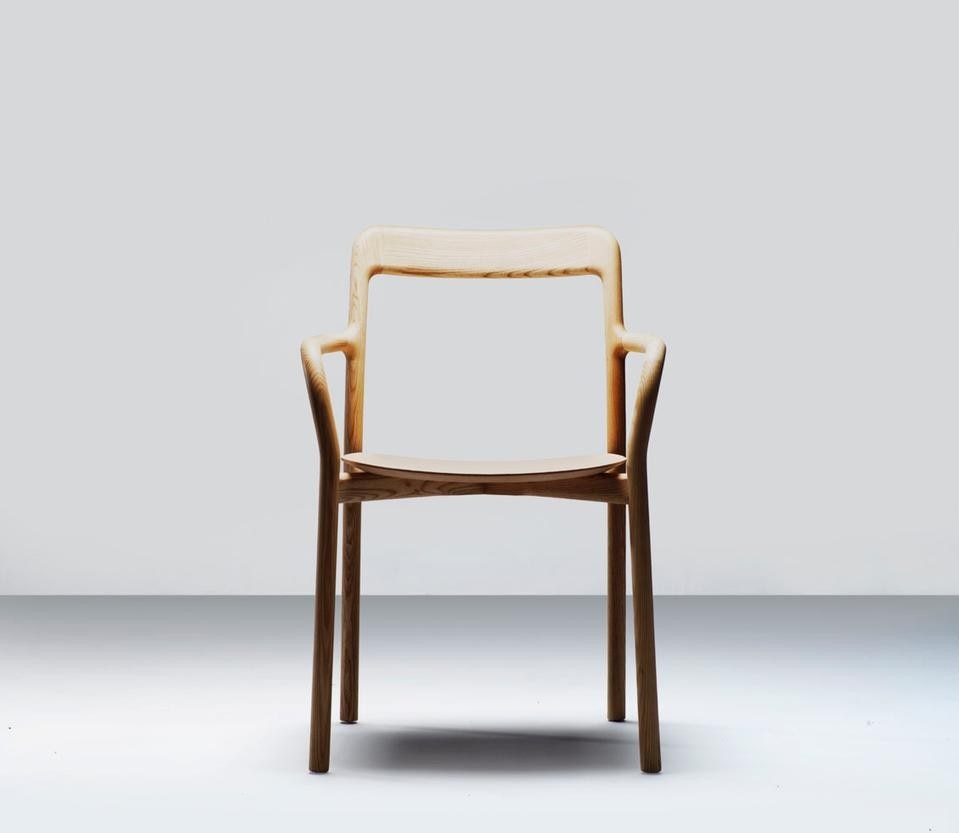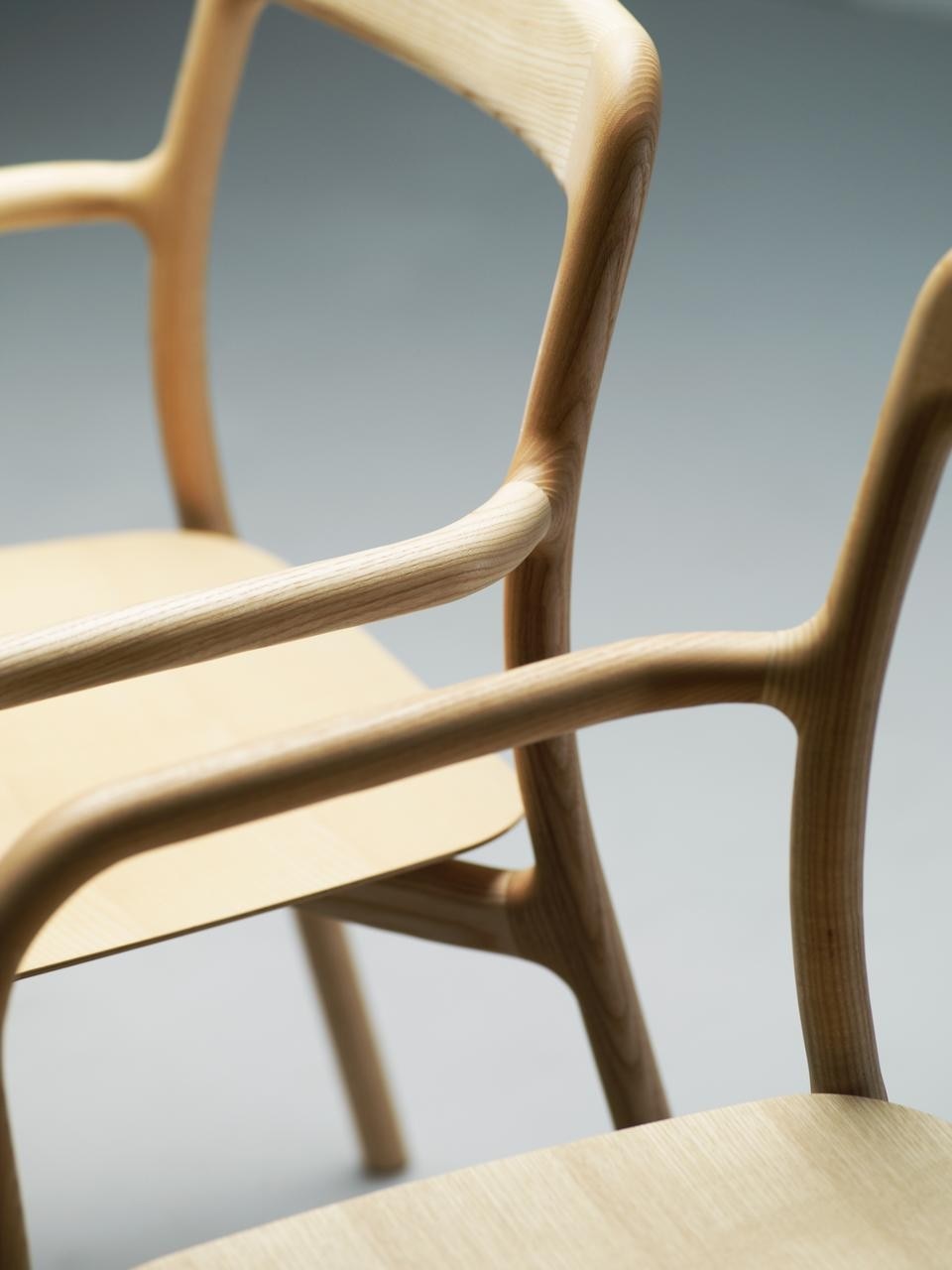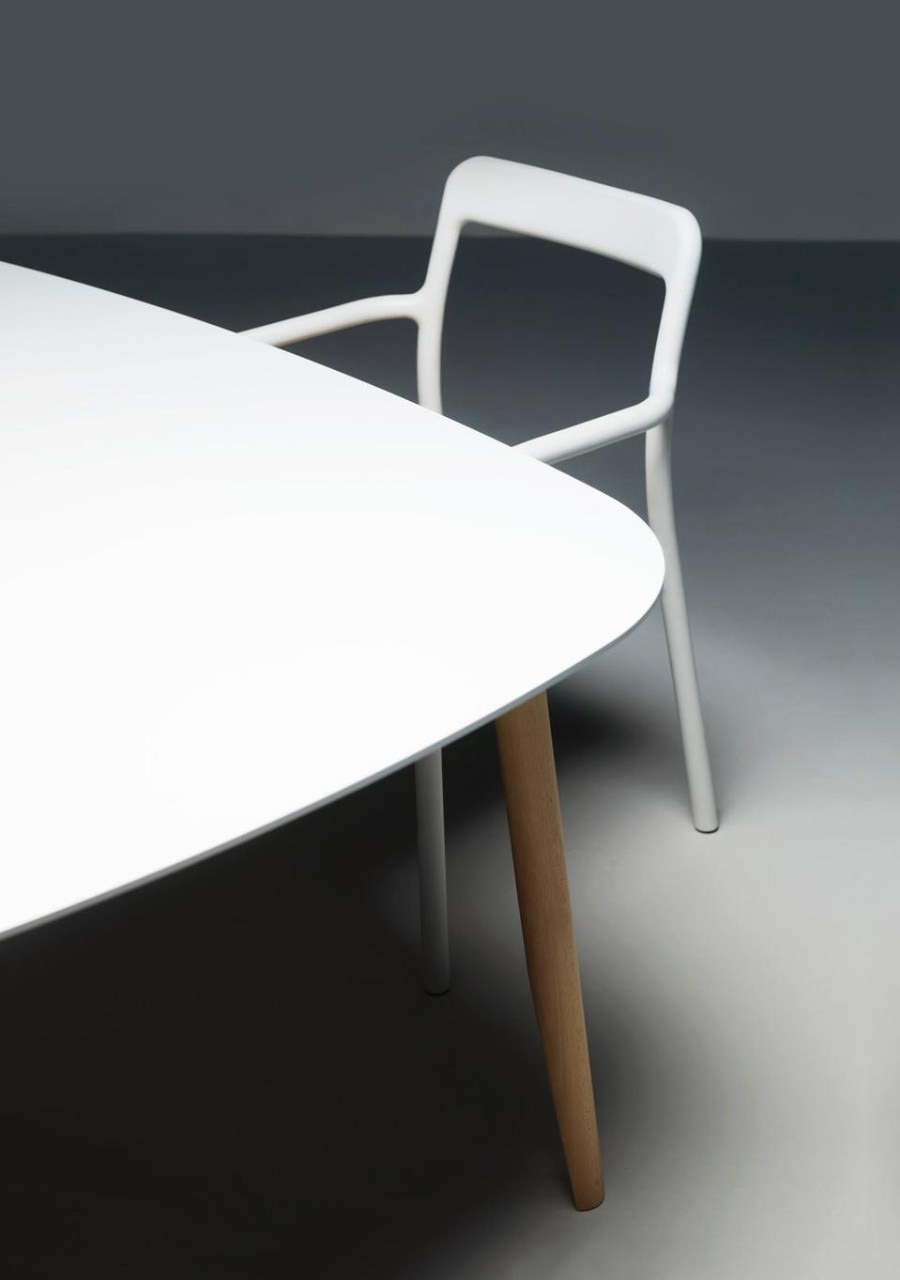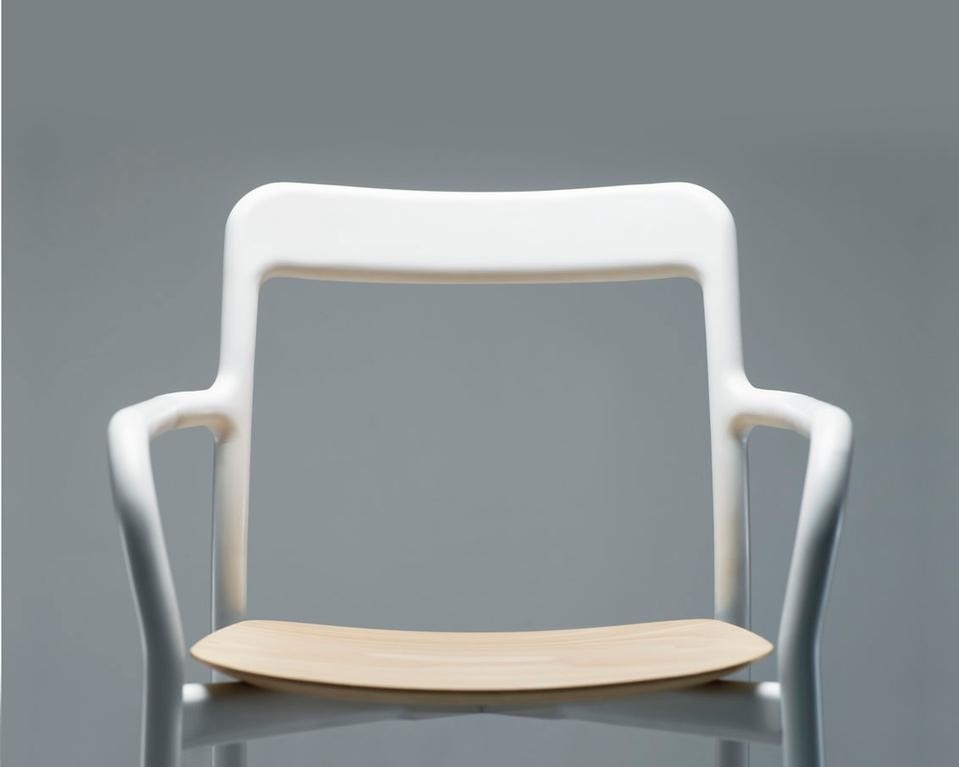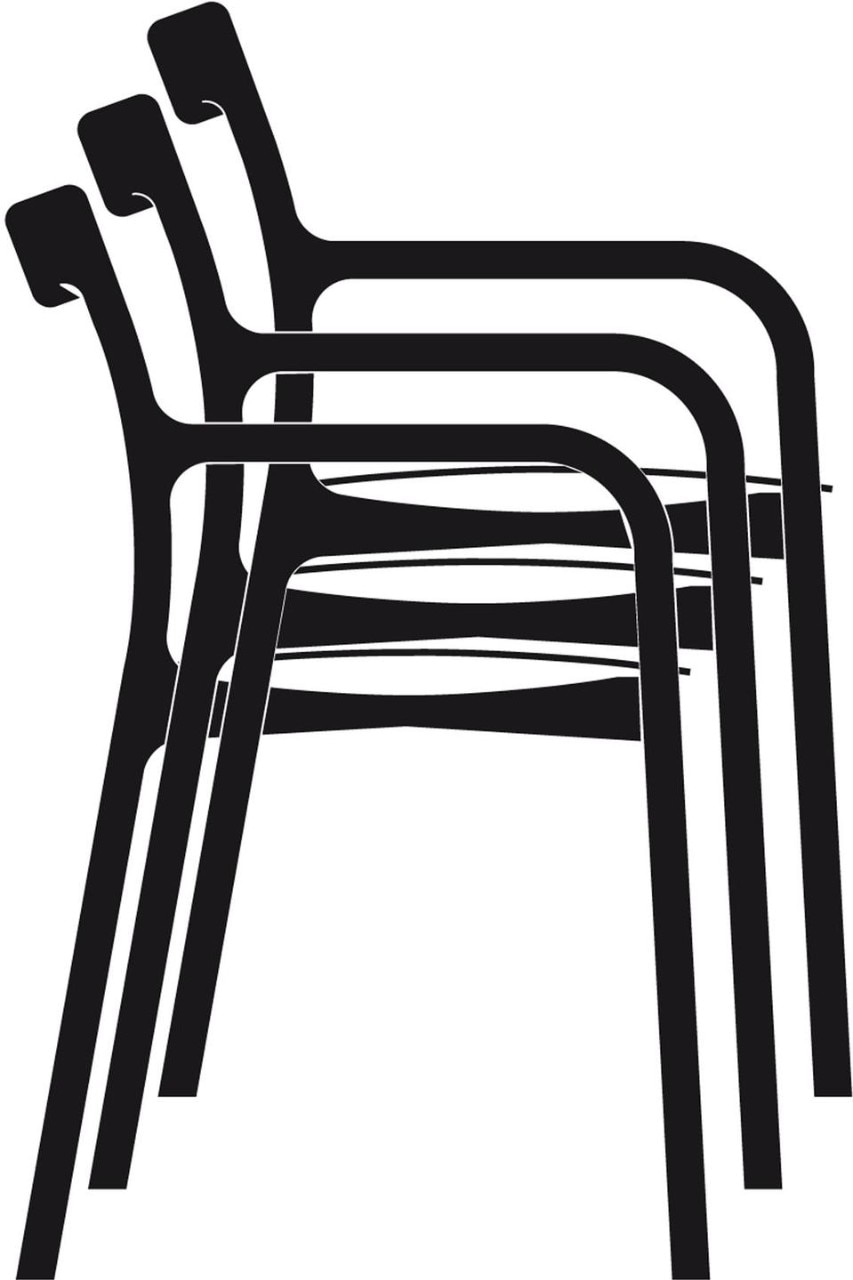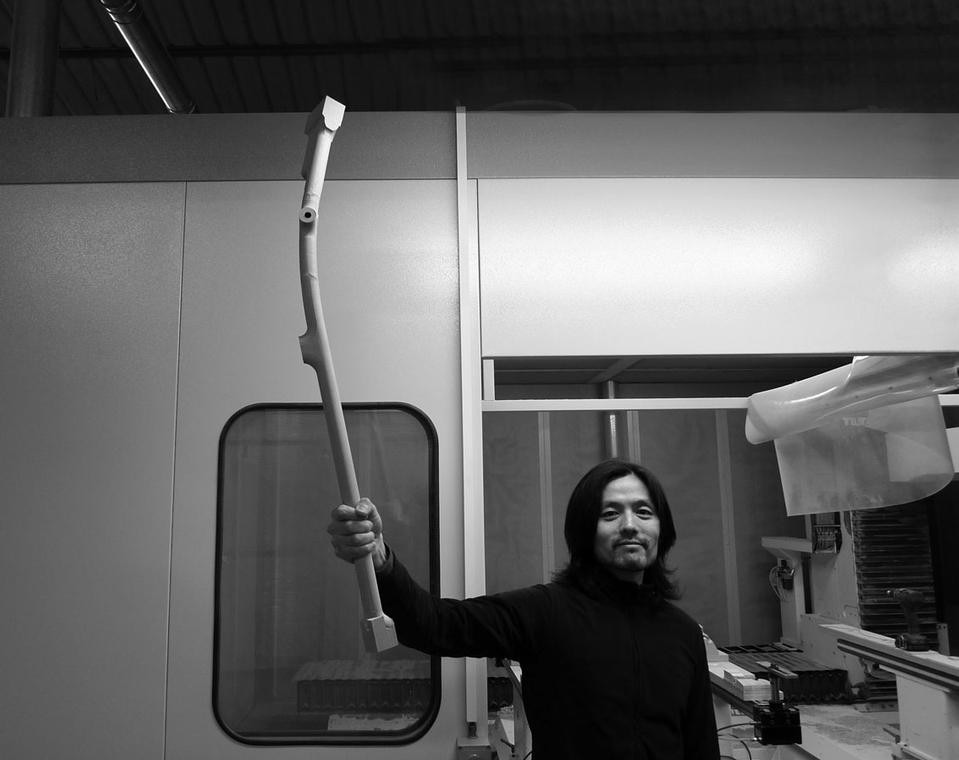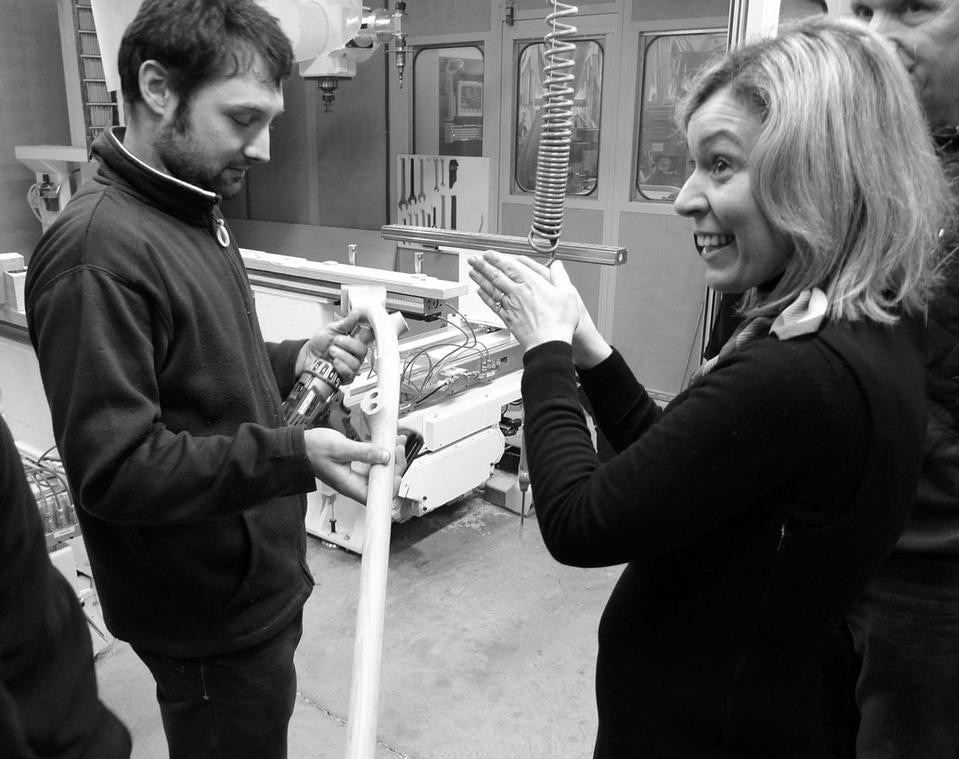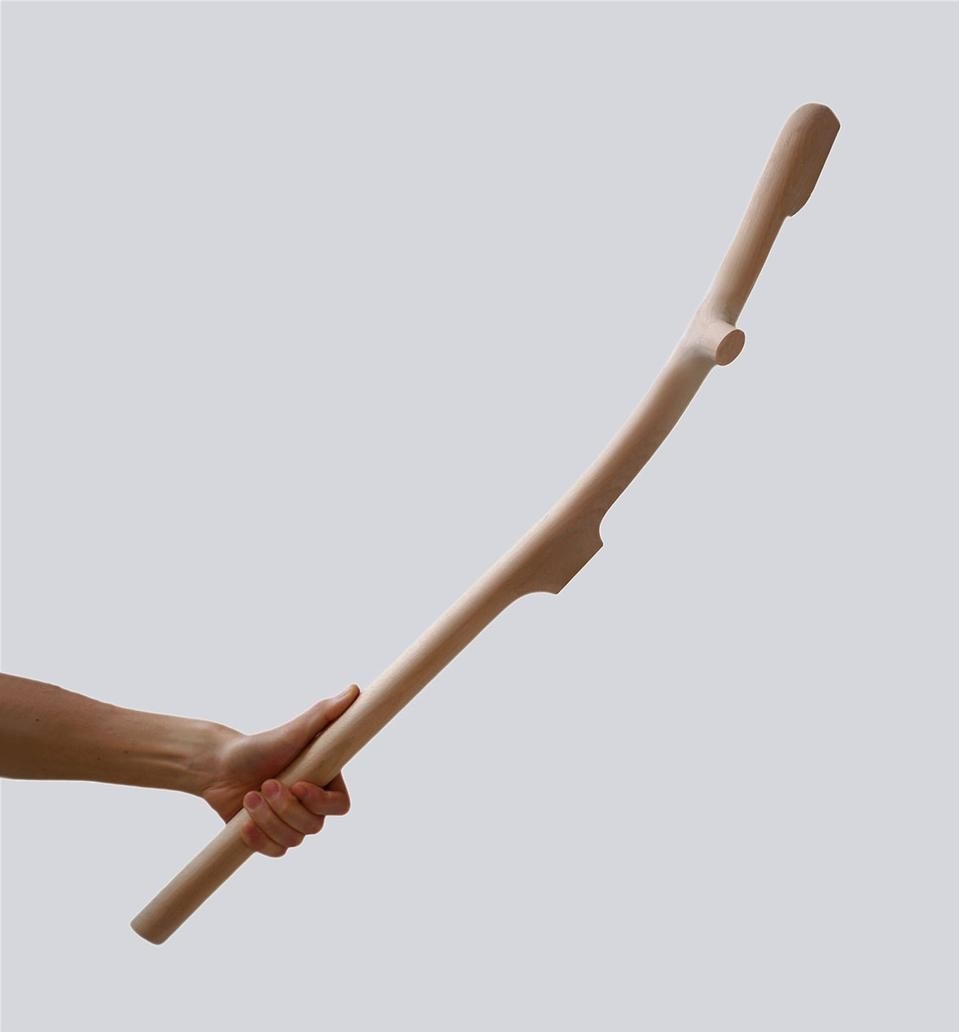For myself and Industrial Facility this was undoubtedly an unusual project. Our working methods are normally applied to tackling objects of mass-production, where the origins of production are rarely the same place as the people commissioning the project. We have found success in bringing some level of ‘quality’ to this system of manufacture that has in recent years become disparate and at arms length. For instance, it is now rare for us to visit the factory where production takes place, and discussions about details are held with a agents – a series of middlemen whose job is more to do with efficiency and cost reduction, than to follow through design intentions. It is a somewhat lowly but vital job – to push projects through the difficulties of personality, distance, cost, etc.. It has inevitably resulted in Industrial Facility becoming a kind of quality control for realism, for a lot of our projects beyond what the company’s expectations are, or indeed the customers. So we have independently created our own demands that a product should fulfil. For instance, while being able to clean a product may seem trivial, it is this level of thought that has been lost with the application of globalised industry.
With Mattiazzi, things could not be anymore different. The Italian model – that of design as a cultural manifestation – is still alive in this part of the world. Manufacturing is not at arms length. On the contrary, they are living and breathing their world of production and so they take up a position of expert, or craftsmen that understands material to a level that is only obtained from years of dedication.
Mattiazzi and Industrial Facility were brought together by the help of two great individuals – Nitzan Cohen, who himself is an accomplished designer and whose He Said / She Said chairs marked the first collection for Mattiazzi; and Florian Lambl who acts as art director.
My first thoughts for the project were undoubtedly shaped by the factory visits that took place. A chair needs character, but I believe this character must be born out of a series of events, mistakes, conversations, models, and tests. These are all tied to how the factory is producing things, and the talents of the craftsmen.
Being our first foray into the design of a chair is no easy task. The approach to the project was one of innocent naivety (myself) and expert of all things wood (Matiazzi). This combination of opposites was of profound importance. But Mattiazzi made no conditions on the project, other than it be made of wood and that it should not trivialise their great understanding of production. And so just as we demand realism in all the projects we do, we demanded to ourselves that the chair involves all of the requirements that a modern condition imposes on us – that the chair be comfortable, to be able to slide under a table, to stack, to be light enough to carry, to have armrests, and to be easy to ship.
How this particular chair develop you personal research and vision on the typology of chair (and more in general on seat)?
After spending so many years on products of a small scale, I had come to a good understanding of the relationship between the hand, the eye and the object. But a chair is about forming an understanding of the body as a whole, and so I wanted to tackle it. My associate Ippei Matsumoto who has been working with us for many years took on the role of crafting the realism of what the chair would look like. It may sound crude or backward, but everything that we do is made first in our workshop, by hand, and is then at a later stage inputed into the computer. For some reason I can always tell when a chair has been designed first on a computer – it lacks a warmth in the hand.
Mattiazzi is a typical family-run company that is core part of the Italian industrial fabric, would you like to describe the kind of relationship you developed with the maker and how this affected the chair project?
Nevio and Fabbiano Mattiazzi clearly have an obsession with all things wood. For the past thirty years, this obsession has led them to produce furniture for some of the great Italian furniture brands. Over the years they have kept their expertise and quality sharp by continually investing in the latest machinery, in combination with a craftsman’s attitude and unlike other Italian producers, Mattiazzi knew to keep all the facets of wood production under one roof. I think that it is quite rare to have the chance to work with such a company that sees no need to outsource parts of production, and it made me acutely aware of each process and how it all fitted in. Mistakes happened – like all good projects, it is how these are worked through that leads to a new vision. I have always said that the process of design is making a series of creative decisions. And for that Mattiazzi played a pivotal role. But in hindsight what appears very simple, the production viability was far from simple. Had I known the difficulties perhaps I would not have designed it in the way it resulted. But for this I must thank Mattiazzi – for hiding these difficulties from me.
Would you like to describe your work experience with this company of Italian North East chair district that is traditionally one of the most important chair maker in the world, that is now suffering due to the economical crisis and is looking for a new identity? Would you like to tell us your impression of this place?
I had not had much experience with this part of the region of Italy before. Some previous projects with Established and Sons had been produced there, but not to the level of intimacy with working with Mattiazzi. The economic crisis that you speak of is quite different from those experienced in the UK. This is because company’s in the UK are rarely family owned, but instead part of larger holding companies. It means that when things get bad they pack-up and closed down. Stoke-on-Trent in the north of England is a good example of this.
But in Udine, because they are family run, there is no option but to preserver, to invent and to experiment. And I believe that Mattiazzi, with the help of Nitzan Cohen and Florian Lambl, are experimenting with industry. It is cultural progressive because industry is viewed as a form of contemporary culture. I believe this attitude will serve them well, as it is something not involved in most other parts of the industrialised world.
Would you like to describe the peculiarity of your project for the use of wood technology?
After several trips to Mattiazzi’s factory, along with close discussions with their craftsmen, we wished to push Mattiazzi further into the position of the robotic craftsman. What is a chair whose ingredients are a combination of highly complex parts (made possible with CNC machinery, most notably their eight Axis Robot which they had become expert at), alongside simple traditional shaping and finishing by hand?
I had observed that the power of the robot, the repetition of the machine and the skills of the craftsmen already have synchronised relationships at Mattiazzi – where each process is as carefully selected as much as the wood blocks that were to be shaped.
However, instead of being blinded by limitless possibility Mattiazzi revealed to us a production formula that dealt with the relationship between cost, time, and technique. For instance a complete chair made by robots would be too costly, even though making it would be quicker compared to the hand. Too simple a part, and the robot’s use is not justified. But if a certain critical part where made by the robot, in combination with other traditional methods, the formula would allow the project to meet the right criteria – a kind of equilibrium. We saw this formula as the gestation of the project.
It was through conversations with Kim Colin, Hecht’s partner, that the focus was turned to nature, where complexity thrives with reason. Beauty is simply a result of constant growth. In particular, the branches of a tree were to provide the critical analogy for the project. Like wooden branches on a tree, we wanted Branca (as we called it) to be a chair that is familiar to the eye. We accept that branches support the joints of twigs and leaves at different points that may seem random but are all intentional. With Branca, its back leg supports the critical joints of the armrest, the seat and the back, and is made from a single piece of wood produced robotically. The joints are seen as but a part of the seamless nature of the chair and its simple outline belies the complexity of production.
